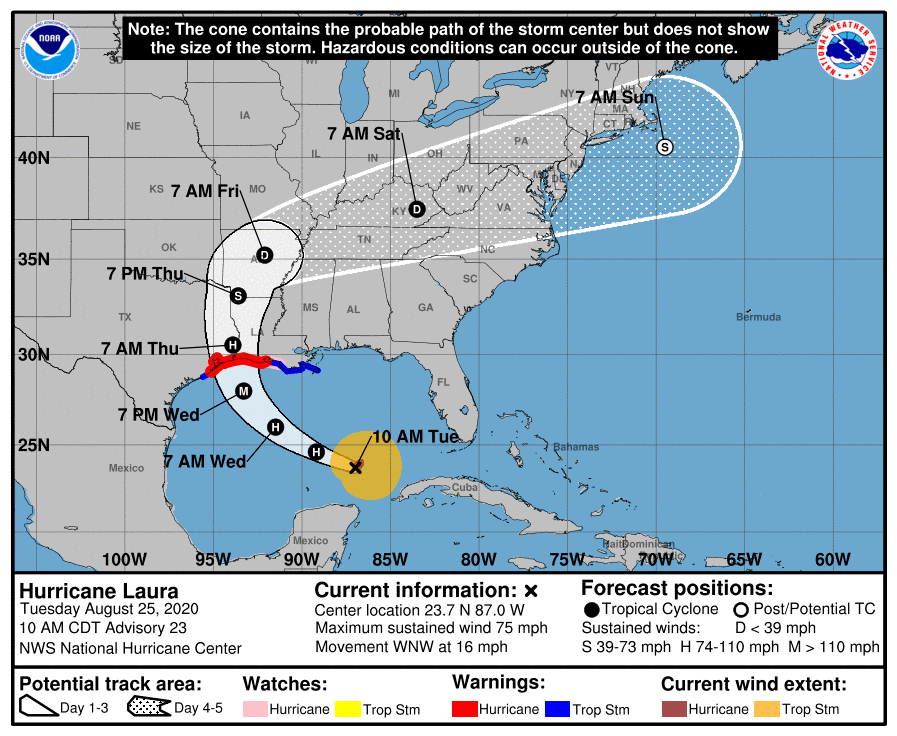 |

Net Information
 Who We Are Who We Are
 Awards Awards
 Net Procedures Net Procedures
 FAQ's FAQ's
 Net Control Information Net Control Information
 Newsletters Newsletters
Contributions
 Contribution Info Contribution Info
 Contributors Contributors
Weather
 About Advisories About Advisories
 Dopplar Radar Imagery Dopplar Radar Imagery
 Satellite Imagery Satellite Imagery
 Local Storm Statements Local Storm Statements
 Local Post Storm Reports Local Post Storm Reports
 Aircraft Recon Aircraft Recon
 Buoy & C-Man Data Buoy & C-Man Data
 Email Subscriptions Email Subscriptions
Terms & Tools
 Acronyms Acronyms
 Beaufort Wind Scale Beaufort Wind Scale
 Glossary Glossary
 NHC FAQs NHC FAQs
 Hurricane Tracking Maps Hurricane Tracking Maps
 Conversion Tools Conversion Tools
 Saffir-Simpson Scale Saffir-Simpson Scale
Outreach and Education
 Prepare Prepare
 Storm Surge Storm Surge
 Storm Names Storm Names
Miscellaneous
 Disclaimer Disclaimer
 Privacy Policy Privacy Policy
 Comments Comments
|
 |

Definition of the NHC Track Forecast Cone
Definition:
The cone represents the probable track of the center of a tropical cyclone, and is formed by enclosing the area swept out by a set of circles (not shown) along the forecast track (at 12, 24, 36 hours, etc). The size of each circle is set so that two-thirds of historical official forecast errors over a 5-year sample fall within the circle. The circle radii defining the cones in 2011 for the Atlantic and eastern North Pacific basins are given in the table below.
One can also examine historical tracks to determine how often the entire 5-day path of a cyclone remains completely within the area of the cone. This is a different perspective that ignores most timing errors. For example, a storm moving very slowly but in the expected direction would still be within the area of the cone, even though the track forecast error could be very large. Based on forecasts over the previous 5 years, the entire track of the tropical cyclone can be expected to remain within the cone roughly 60-70% of the time.
Radii of NHC and CPHC forecast cone circles for 2023, based on error statistics from 2018-2022:
Forecast Period
(hours) |
2/3 Probability Circle,
Atlantic Basin
(nautical miles) |
2/3 Probability Circle,
Eastern North Pacific Basin
(nautical miles) |
2/3 Probability Circle,
Central North Pacific Basin
(nautical miles) |
| 12 |
26 |
25 |
34 |
| 24 |
39 |
38 |
49 |
| 36 |
53 |
51 |
66 |
| 48 |
67 |
63 |
81 |
| 60 |
81 |
78 |
95 |
| 72 |
99 |
86 |
120 |
| 96 |
145 |
110 |
137 |
| 120 |
205 |
137 |
156 |
Example Graphic of 5-Day Track Forecast Cone:

|
 |